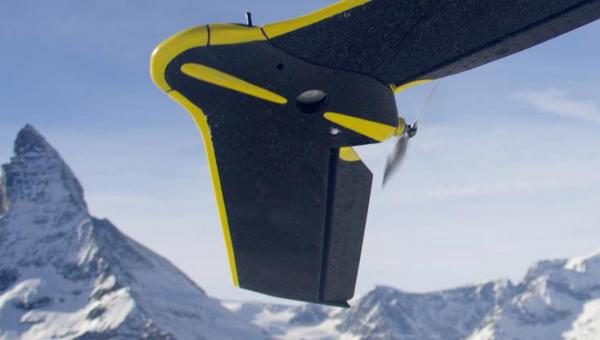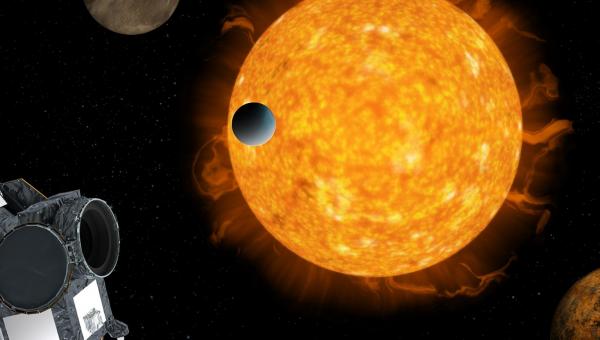A robot that changes its shape

The GOAT robot in rover mode.
A robot inspired by the animal kingdom that can spontaneously adapt its shape to the terrain as it moves and overcome any obstacle.
The animal kingdom has adapted to the challenges of nature and developed amazing abilities in the process: Alpine chamois and goats climb up almost vertical rock faces with ease, while the three-banded armadillo curls up into an almost perfect ball when in danger.
Robots for extreme outdoor environments
Are robots capable of something like this? After all, when an autonomous robot has to make its way to a specific destination, every obstacle and every deviation from the predetermined path means not only a physical but also a computational effort. The answer is yes: researchers at the Swiss Federal Institute of Technology in Lausanne (EPFL) have developed a robot called GOAT - an acronym for ‘Good over all terrains’ - that can spontaneously adapt its mode of locomotion, or rather its shape, to the topography.
Inspiration from the animal kingdom
The team, led by Josie Hugues of EPFL's CREATE Lab, drew inspiration from the animal kingdom, studying the movements of kangaroos, cockroaches, spiders and octopuses. According to the press release, the result is a new model for robot locomotion and control: thanks to its flexible but robust design, GOAT can spontaneously morph between a flat shape and a sphere when in motion. This means that the artificial robot can drive, roll or even swim, depending on the situation.
No need for complex sensor technology
The robot consists of a frame of two intersecting elastic fibreglass rods and four motorised rimless wheels. It can change shape thanks to two winch-driven cables that contract like tendons and pull the frame together, turning it into a sphere. The battery, on-board computer and sensors are suspended in the centre of the frame, where they are well protected in spherical mode. This robot has no eyes, cameras or other complex sensors: it is only equipped with a satellite navigation system and a device that determines its orientation. According to its inventors, it does not need to know exactly what lies in its path. The robot always takes the path of least resistance.
Most robots that navigate extreme terrain have lots of sensors to determine the state of each motor, but thanks to its ability to leverage its own compliance, GOAT doesn’t need complex sensing.
Continuing to optimise its capabilities
According to the researchers, GOAT has a wide range of potential applications, from environmental monitoring and disaster relief to space exploration. But first, GOAT's algorithms need to be improved. This is to further optimise its capabilities and to be able to change its size so that it can travel with different payloads depending on the situation.




